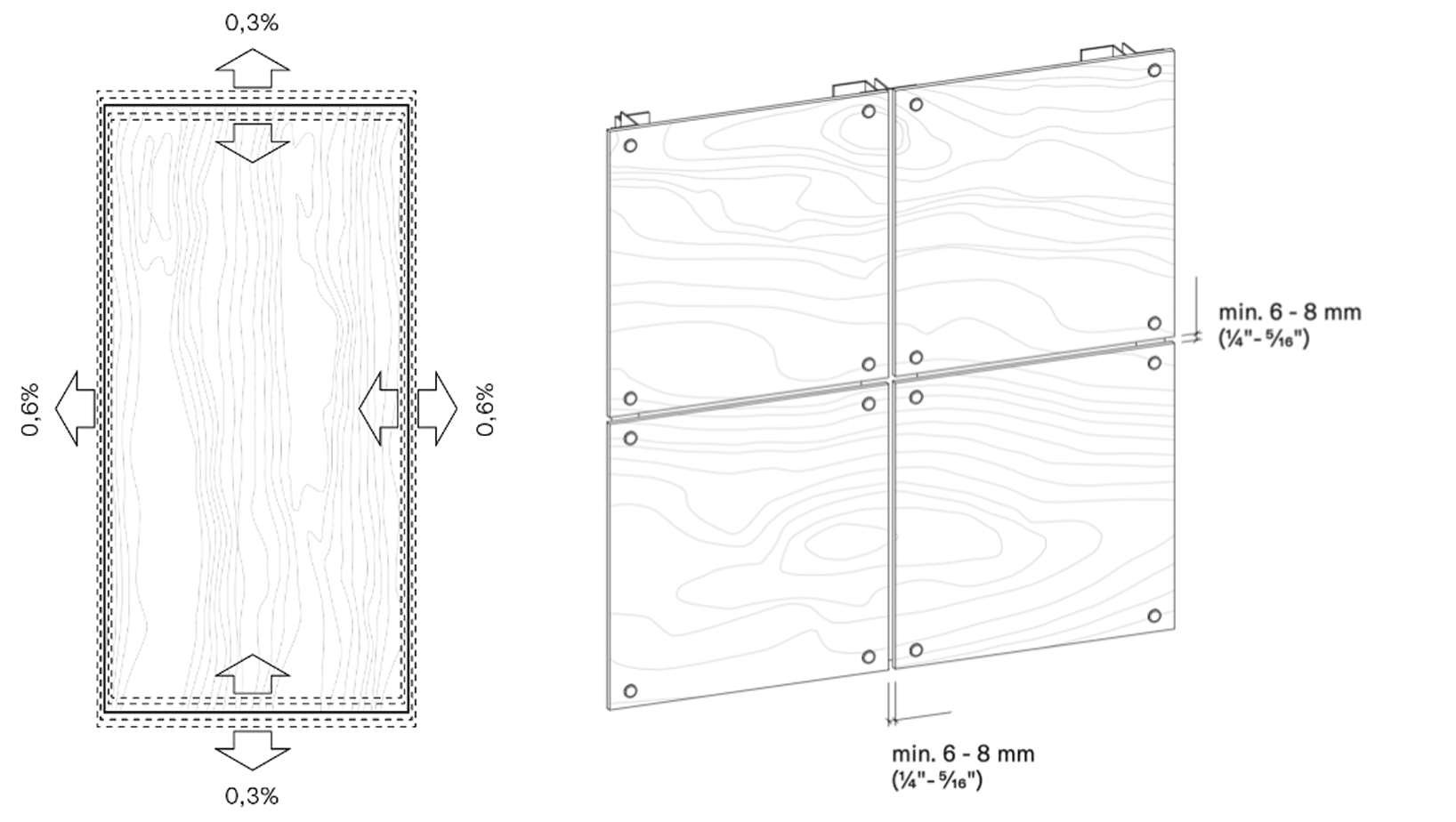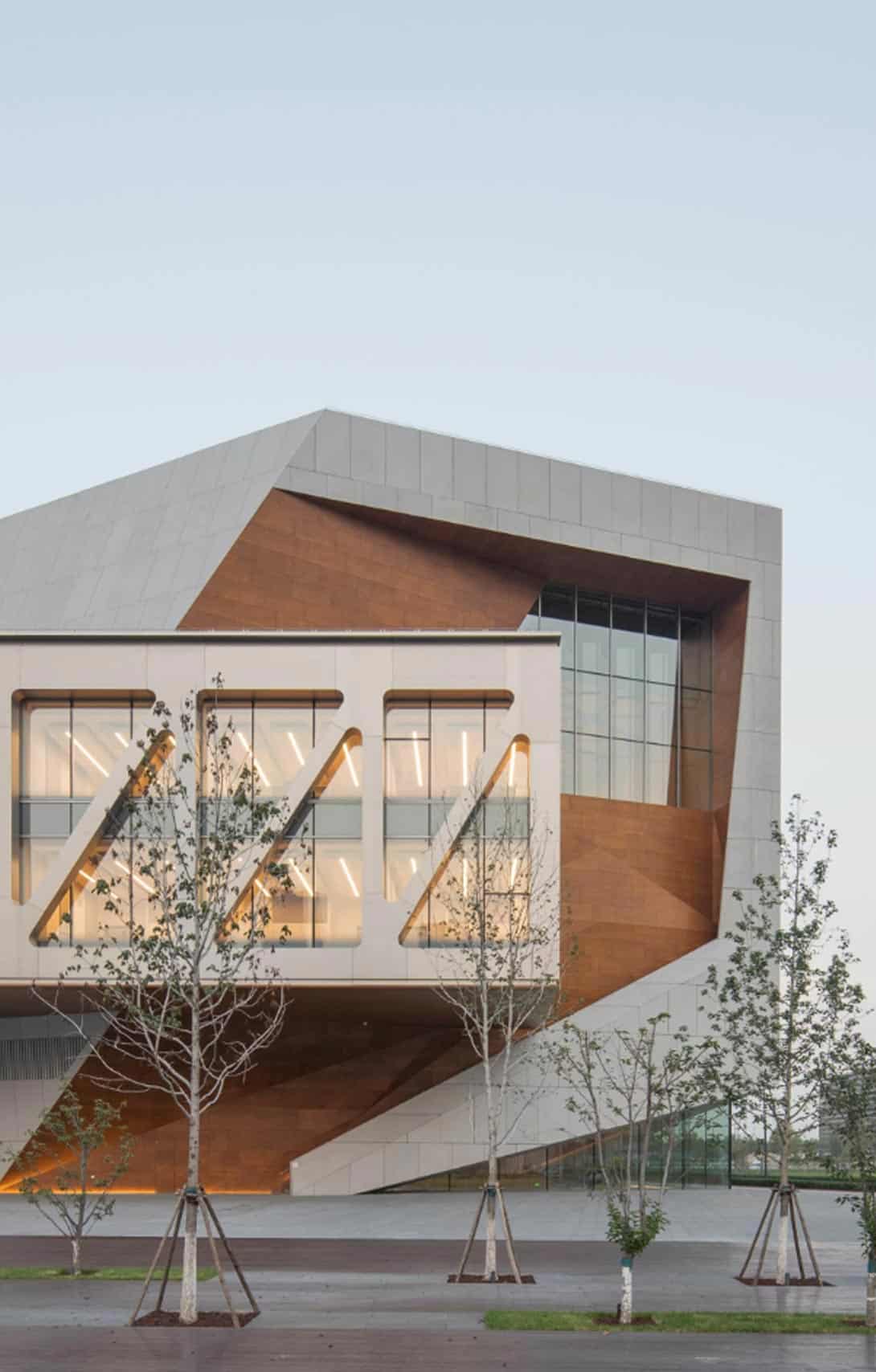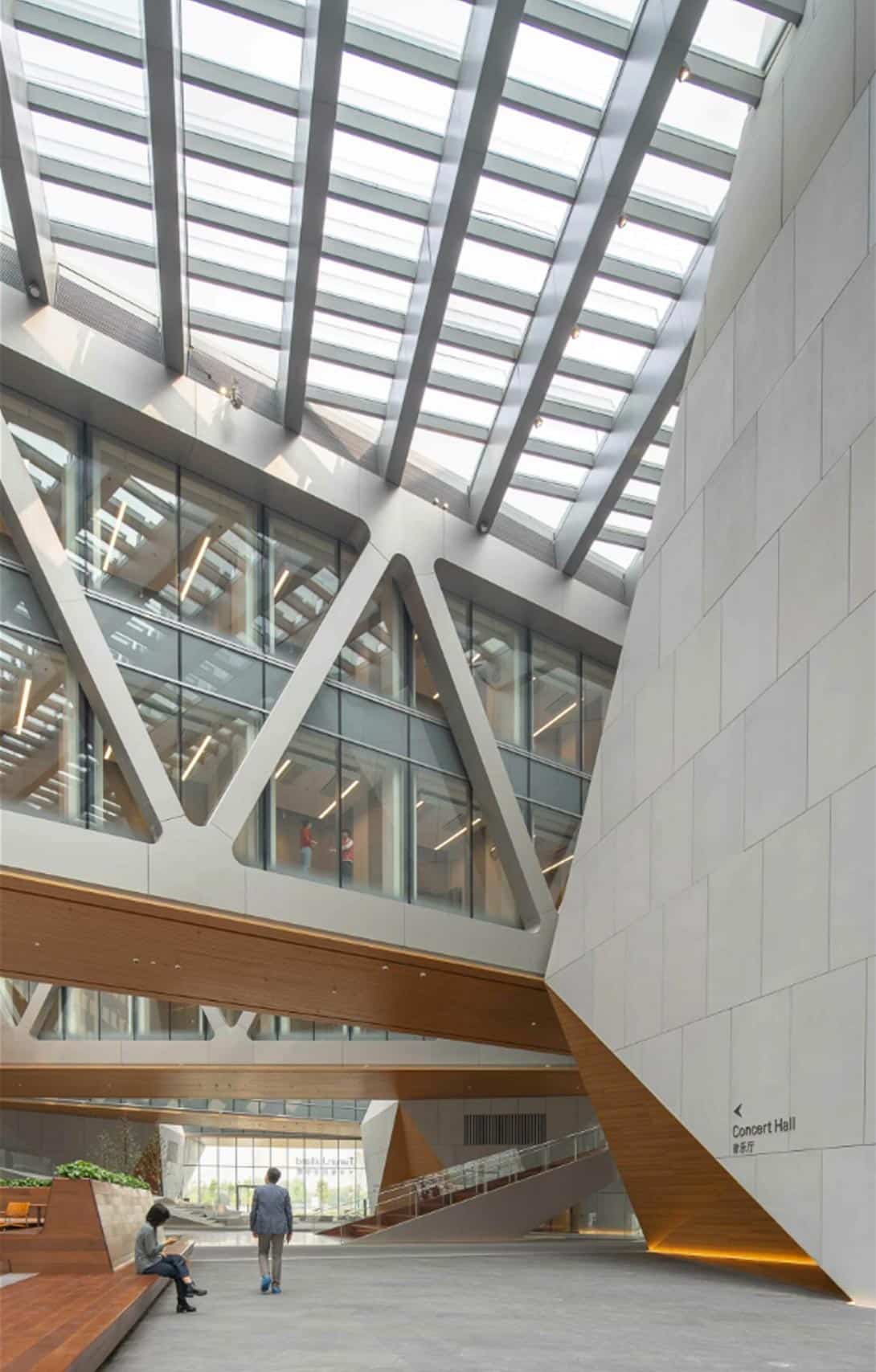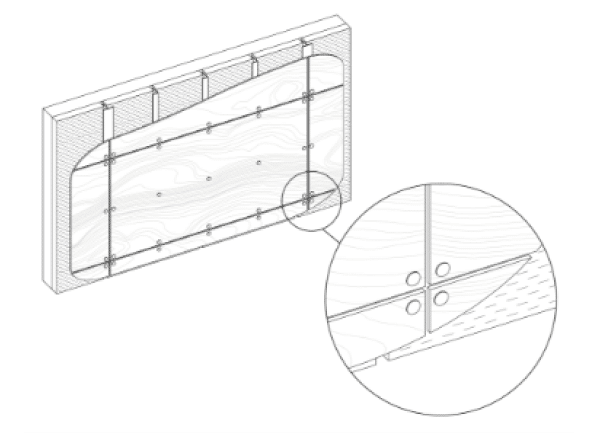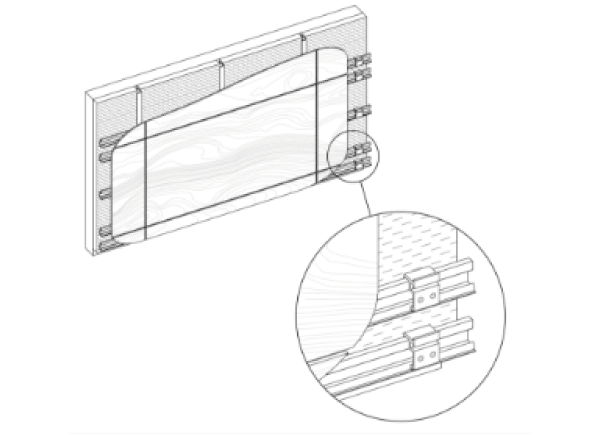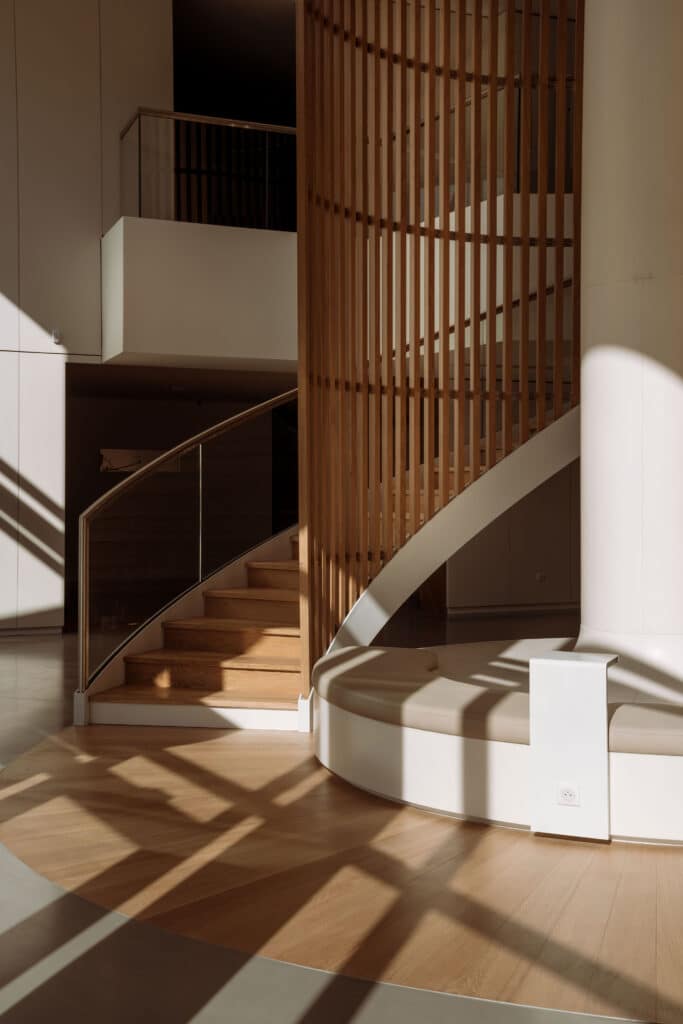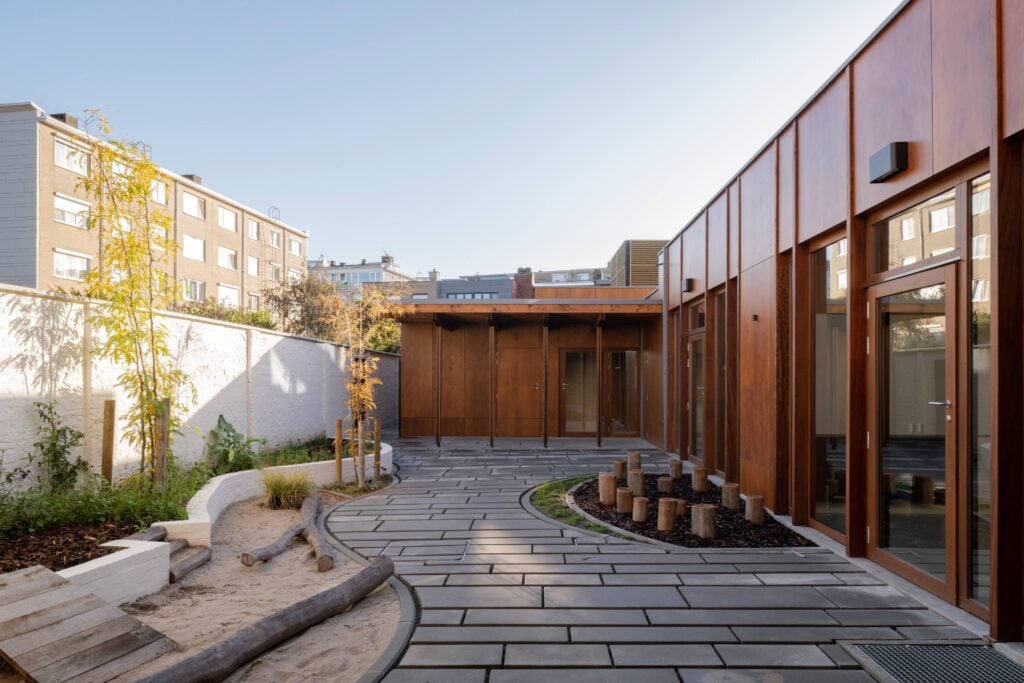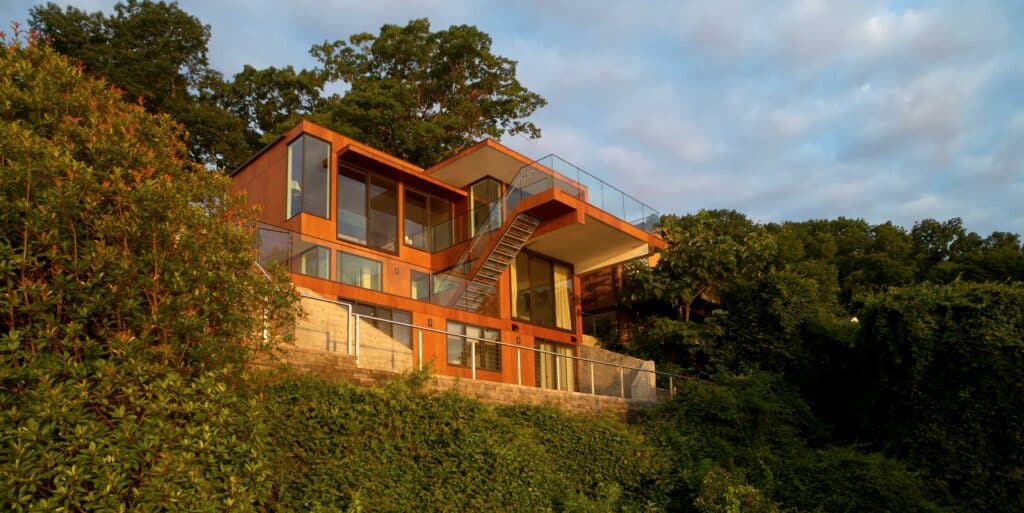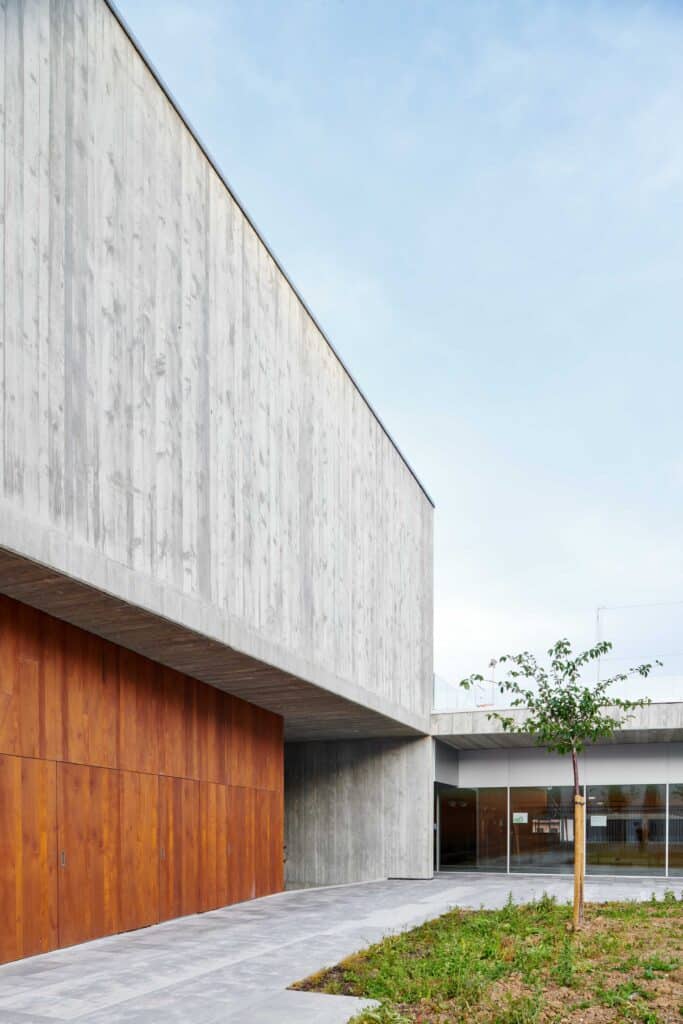When installing wood panels on a facade, it’s crucial to account for the natural expansion and contraction of the material due to fluctuations in temperature and humidity. For complex designs, the resulting angles and volumes require even more precision: this is seen in the ventilated façade designed by Diller Scofidio + Renfro for the Tianjin Juilliard School in the Yujiapu Financial District, China.
The institution’s building is composed of four pavilions connected by five glass bridges, creating a dynamic relationship between classrooms, practice rooms, and concert halls, while linking them to the surrounding urban environment. The geometric complexity of the building extends to the facade, which integrates natural wood panels, giving the structure a unique visual identity that hints at the materiality of the interior. To handle the dimensional shifts of the wood without compromising the design, expansion joints are incorporated between panels, and specialized fastening systems allow the material to expand and contract freely.
Adapting to the dimensional changes of wood
The expansion movements caused by atmospheric changes affect all materials, but for natural wood panels, the dimensional variation ranges between 0.3% and 0.6%. To ensure the proper functioning of the installation in these conditions, perimeter joints should be included between the panels. The width of these joints depends on the size of each panel; for example, a 8′ x 4′ panel requires a minimum joint of 0.31″.
Choosing the right fasteners is also important to allow the panels to move freely. Screws or rivets must be centered in the perforations to accommodate the wood’s dimensional variations and avoid restrictions that could create stress. It is important to avoid using countersunk screws, as they prevent the necessary movement of the material.
